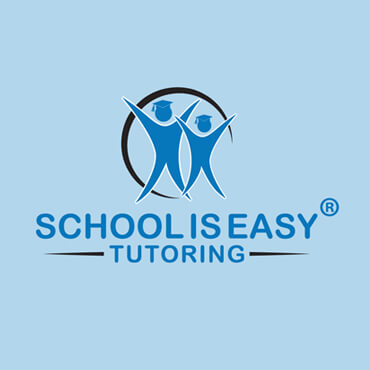Does homework help improve learning?
Do your children ask you for homework help? Do you sometimes question why they need to do so much homework? Children of all ages are bringing home all sorts of homework assignments these days. Perhaps your child has more homework than you had when you were a student. Are you wondering if your child’s homework is just busy work or does their homework help them to improve important skills?
Quality homework assignments vs. busy work
Homework assignments that cause students to practice a variety of skills on a regular basis are quite effective especially for math and foreign languages. The brain thrives when it is able to practice these skills on a daily basis. There are however some types of homework that don’t seem to require much thought, but rather take up your child’s time.
In one sense this type of homework could be considered pointless, but on the other hand, all types of homework help students develop good work ethics. Regardless of if it seems useless, it is still good to encourage your child to complete the homework assignment in order to help them learn the lesson of completing jobs that are given to them. This will help them in the working world when they are asked to do seemingly brainless tasks that simply need to be done.
How to optimize the benefits of homework!
We all know that cramming gets the job done, but there is often little to zero retention of the subject material. You can help your child retain more information by helping them set up a homework schedule where they study the same amount of material in smaller sections over a longer period of time. For example, rather than reading fifty pages of Biology homework all at once, they can break up the reading into chunks of ten pages and read them throughout the week. This will help them build upon the information that they learned the previous days without getting overloaded.
Will homework help with test scores?
One way to help your child improve their test scores is to use part of their homework time to do sample tests. This will enable them to practice using their newly acquired skills by forcing them to apply the information to the sample test questions. This has proven to be much more effective than merely reading through the assigned reading material, and then forgetting much of it by the time the actual test rolls around. Taking practice tests will also help take the pressure off during the real test, and should help reduce some of the test taking anxiety.
Now, if you still feel like your child’s homework assignments are not effective in helping them learn, you can always talk to their teacher to ask why they are giving those types of homework assignments. They might have a good reason. Some teachers might also be open to making changes to the homework assignments to make them more effective!

